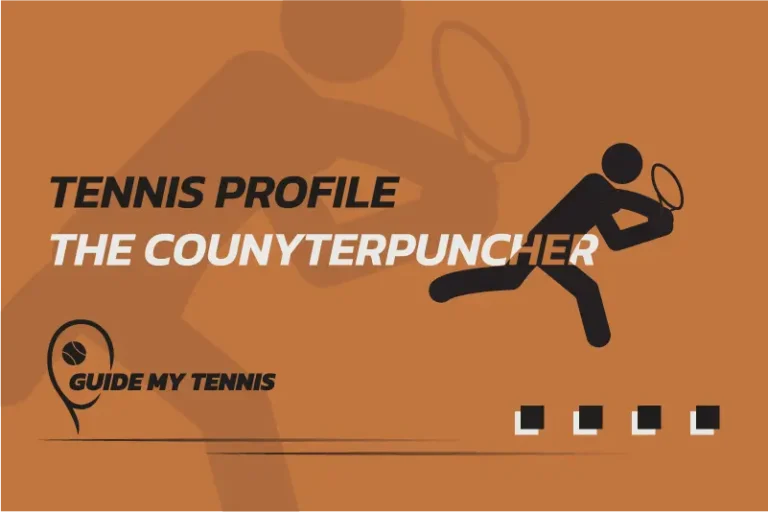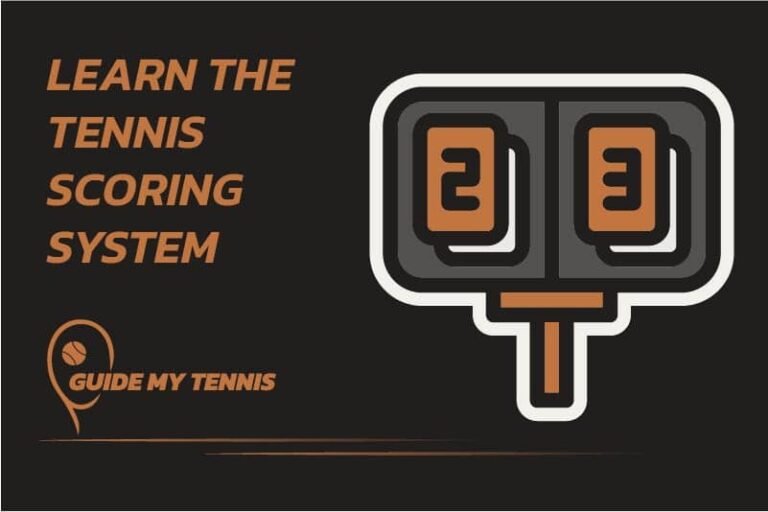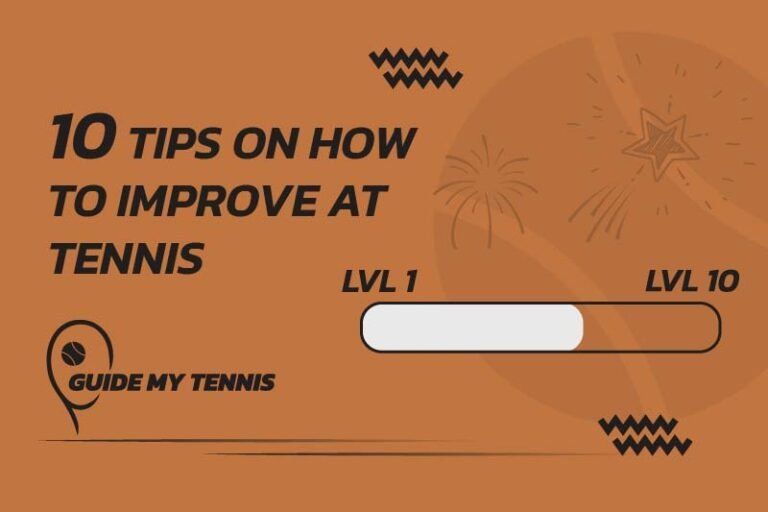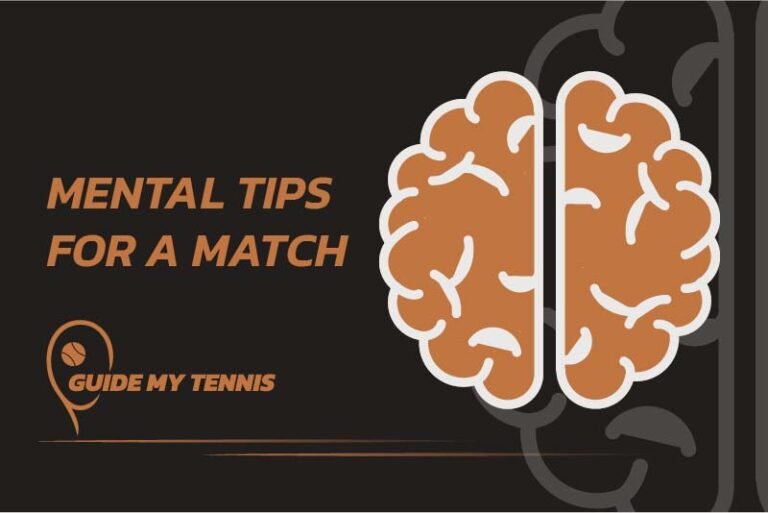Aggressive Baseliner Tennis Profile Explained
I am pretty sure that in the past, you’ve encountered opponents whose goal was to hammer shots down the line. Frustrating right? This blog will cover how to play against aggressive baseliners, provide some drills to help you increase your attacking skills and help you understand who they are as tennis players. Eventually, I’ll even…
I am pretty sure that in the past, you’ve encountered opponents whose goal was to hammer shots down the line. Frustrating right? This blog will cover how to play against aggressive baseliners, provide some drills to help you increase your attacking skills and help you understand who they are as tennis players.
Eventually, I’ll even give you an insight into the types of rackets that pair well with various player profiles, but for now, here’s my detailed guide on choosing a racket and some notes about the racket’s anatomy.
Here’s the agenda for the blog
What is an Aggressive Baseliner?
Being an aggressive baseliner is perhaps one of the most common styles of tennis players today. As the name denotes, such players like to play from the baseline, relying heavily on raw power to bully opponents with their forehands and backhands. Such attacking players like to keep the ball deep in play and tend to keep you moving from side to side.
What are some Common Characteristics of a Typical Aggressive Baseliner?
Attacking baseliners tend to give you deep balls and put pressure till you eventually return a weak ball into their mid-court area. They will come up and finish the point with an angled winner. Their stroke generally varies between hitting the ball flat or with topspin.
Such players often experience what I like to call a love-hate relationship with their groundstrokes. At least, this is the case for club players. Relying heavily on winners can sometimes backfire because their strokes may become more prone to errors. Remember, aggressive baseliners tend to go for the big shots, risking a lot in the process. If they are having an off day, watch those winners go out and let them frustrate themselves.
When playing against attacking players, you will find yourself defending your position due to their big, powerful groundstrokes. However, remember that these tennis players do not really like going up to the net. If they have to go up to the net, they will be looking to end the point immediately.
Aggressive players, also tend to have a great return of serve. This is a critical part of this play style as this enables them to start dictating and shaping the point how they like. Club-level players who have a great return of serve often find themselves winning many matches.
How to Play Against an Aggressive Baseliner?
Here are a few pointers to help guide you when you’re up against this defensive playstyle:
1.) Place Balls Deep Into the Court
Aggressive baseliners like to pick off weak balls by hitting angled winners. Thus, if you keep hitting the balls deep, you limit their opportunities to hit winners by closing off their angles. A good way to keep these players from attacking is to hit heavy topspin balls around a meter from the baseline. A good tennis profile that counters these players are counterpunchers.
2.) Get Into a Rhythm and then Vary it
Yes, this is indeed a weird tip, but listen to this. As tennis players, attacking baseliners tend to depend on their smashing forehand or their hammering backhand. Their arsenal does not vary much. Therefore, get into a rhythm with them and then vary the ball by slicing it or hitting a drop shot. This move will put them off as you would be removing their rhythm and not allowing them any chance to attack. With this, they are bound to start losing points as well as their patience.
3.) Get Them to come up at the net
Aggressive baseliners tend to avoid going up to the net. They will only do so when it is necessary. Therefore, if they are not comfortable at the net, invite them by hitting a drop shot and get into the court to put the ball away with a volley when they return the drop shot with a weak ball.
4.) Go up to the Net with Caution
Today’s technology enables the racket head to move at high speed, helping players generate a lot of power and spin. This favours aggressive baseliners since it helps them produce powerful strokes that you might not be able to return at the net. And remember, if they get a weak ball into the court, they tend to hit an angled shot as a winner. So only go up to the net when you are sure that the ball is deep enough for them to not be able to hit a winner or take advantage of your exposed angles.
Practice Drills to Strengthen your Attacking Skills
1.) Attack the Short Ball
Setup: Your partner feeds shorter balls inside the service line.
Drill: Step in to hit an attacking angled shot. Focus on footwork and preparation to take the ball early. This drill doesn’t help you increase shot power, it is a way to control your power.
Focus: Explosiveness, approach shots, and attacking short balls.
2.) Serve + 1 Drill
Setup: Serve a ball, then immediately hit the first groundstroke with pace and precision.
Drill: Focus on constructing the point by hitting the return aggressively to control the rally from the first shot.
Focus: Serve, quick recovery, and first-strike tennis.
3.) Inside-Out/Inside-In Drill
Setup: Hit forehands to both corners, alternating between inside-out and inside-in.
Drill: Move quickly to position for forehand dominance, hitting deep to force errors from your opponent.This drill can be replicated with the backhand.
Focus: Footwork, groundstroke power, and directional control.
4.) Deep Rally and Finish
Setup: Start a deep rally with your partner, keeping the ball close to the baseline.
Drill: After 4-5 shots, hit an aggressive finisher to end the point. Use the rally to construct the point.
Focus: Consistency, patience, and finishing power.
5.) Baseline-to-Net Transition
Setup: Start a rally from the baseline, then look for an opportunity to transition to the net.
Drill: Once you spot a short ball, move in aggressively and finish the point at the net.
Focus: Transitioning from baseline to net, volleys, and court positioning.
Famous Aggressive Baseline Players in Tennis History
Tomas Berdych | Have you heard ever of him? Who hasn’t? He is the definition of an aggressive baseliner. This former Czech tennis player used to go for a winner on virtually every shot. He refused to construct the point defensively. Just like a typical attacking baseliner, he used to hit balls early, use sheer power and then approach the net to put weak balls away. The former world number 4 used to have his fair share of bad days. Opponents often were irrelevant to the outcome. Interestingly enough, top players were never challenged by his approach to the game.
Aryna Sabalenka | A personal favourite of mine, I must admit. Sabalenka’s sheer power and aggressiveness, coupled with her grit is something that caught the eye of many tennis fans around the world. The Belarusian tennis player is very aggressive on the court. She dictates play almost in every single match. However, she also suffers from bad days. She is also a very emotional person, and when she misses her shots, her frustration used to get the better of her. At the US Open 2024, her tremendous power broke records. 75 mph (121 kph) was the average speed of Sabalenka’s second-serve returns. This was the fastest of all four finalists–male or female, as reported by the US Open
Serena Williams | A legendary tennis player who is frequently dubbed as a GOAT of female tennis. With 23 Grand Slams to her name, she is one of the highest-achieving tennis players of all time. Serena Williams’ style was centred around her powerful serve and powerful groundstrokes. Her aggressive return of serve, athleticism, and mental strength is deemed remarkable by many. It is in fact what got her through the years and made her a successful tennis player. Over the years, she was praised by various players, namely Roger Federer, Naomi Osaka and even Coco Gauff, who saw Serena Williams as a role model.
Did you know that she once served a 128.6 mph (207 kph) ace, which was recorded as the third-fastest serve in WTA history? Have a look at it in this article, detailing various parts of Williams’ life.
If you’re still on the fence about what type of tennis player you are, I suggest you read this blog. It is about finding your preferred play style by answering a few questions. It’ll only take you a couple of minutes to read through it.






